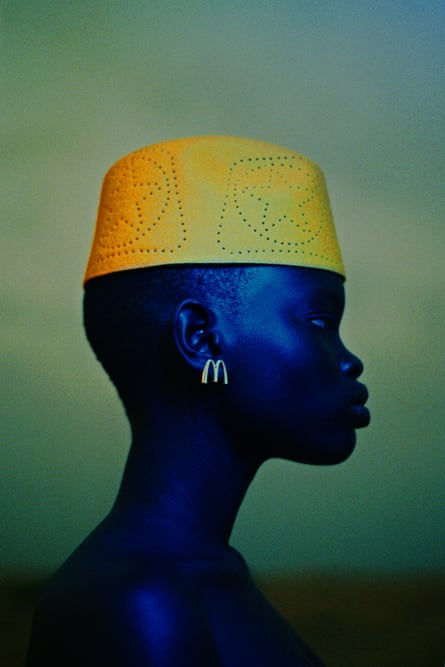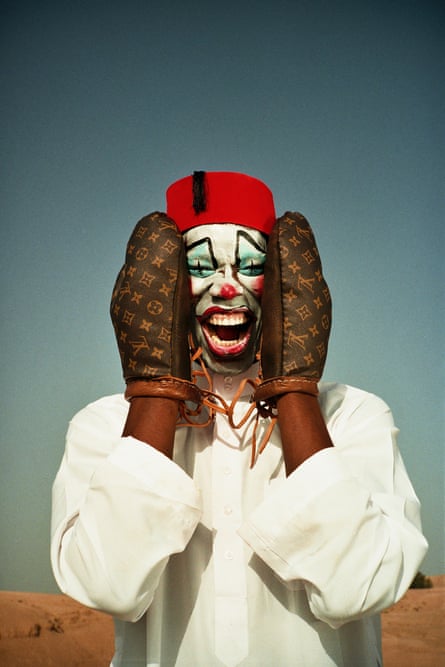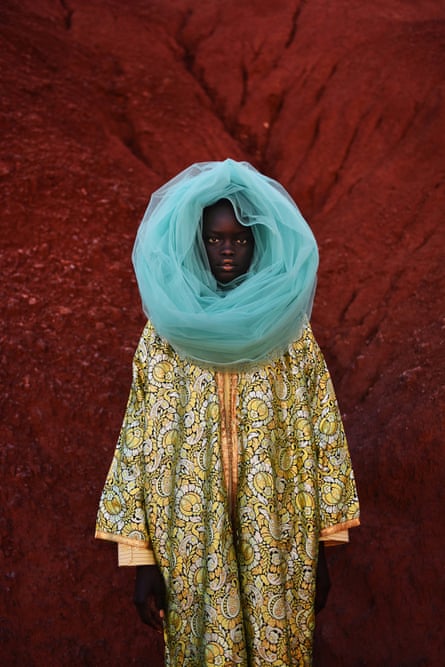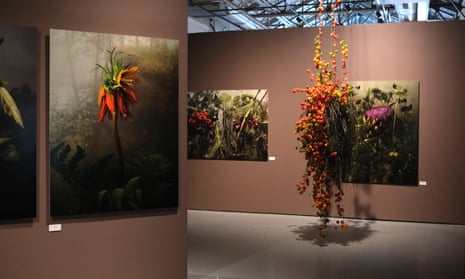[ad_1]
The art festival 212 Photography Istanbul defiantly breaks away from Turkey’s increasingly authoritarian politics and polarised society. In its sixth year, it is an outward-looking festival keen to project its young, vibrant and international character.
The programme is ambitious, with exhibitions and events that cross from the Asian to the European sides of the city. It takes visitors on a tour of a lesser-known but vibrant and burgeoning Istanbul. Exhibition spaces include a disused gasworks, a 15th-century cannonball factory, a Roman Catholic church and an old brewery. There is a playfulness in the curation: Annelie Vandendael’s photographs of swimmers float on water.
Putting on a festival of photography in Turkey is no mean feat. The organisers had to negotiate a fine balance between knowing the limits of what could be shown and keeping their integrity while trying all that they might to push the boundaries. One public installation by the artist Özgür Ballı using augmented reality was repeatedly moved by the police because it was in a square where protesters gather.


-
Mashallah with extra cheese, 2021, and Louis the clown, 2021, by Mous Lamrabat.
One artist smashing boundaries and subverting stereotypes is Mous Lamrabat. He has created his own utopian world in the portrait series Mousganistan. This is a joyful place where Lamrabat plays with symbols of western capitalism and his Moroccan heritage to create thought-provoking images that are deceptively simple and full of humour. His eye for colour pops off the wall and the compositions always surprise.


-
Organic Superhero, 2019, and Black Out That Bad Energy, 2021, by Mous Lamrabat.
He says his favourite way to work is to create images on the spot and be surprised by the outcome. At a family gathering of 30 people, he decided to photograph each relative using just the props around him. His nephew wanted to do something with a plant and Mous wanted to make him a superhero. That spontaneous energy exudes from his images, but they are at the same time effortlessly cool.

Daniëlle van Zadelhoff uses the language of baroque painting to present enigmatic portraits of people whose gaze is often longing or tragic. There is something uncomfortable and uncanny about these subjects who are disconnected with time and place. She says she recognises that people who are suffering are often alone and she wants her photographs to communicate that desire for contact. Her models are all people who have experienced something life-changing, but theirs are not stories that Van Zadelhoff wants to share. Instead, she uses lighting and composition to draw the viewer in and make them reflect on their own experiences.

Another artist digging into human emotion is Éva Szombat, although she is exploring the realm of happiness, in all its guises. She has a photographic eye for the surreal and a taste for kitsch. Her still lives and portraits are often tongue in cheek and they always pop and fizz with colour. In her series Practitioners she finds people who devote themselves to the pursuit of happiness, be it through their pets, hobbies or relationships.
A game of quick-fire association is played out in Surrealogy, made in collaboration with Fanny Papay, depicting the 12 signs of the zodiac. After all, astrology in all its mystery and pretence is a place where people go to look for happiness.

-
Made in Dublin by Eamonn Doyle, Niall Sweeney, David Donohoe and Kevin Barry. Photograph by Cihangir Karatas/212 Photography Istanbul
Made in Dublin may feel out of character with the rest of the festival but there is no theme to the programme, so it comes as a welcome opportunity to experience this extraordinary, symphonic portrait of a city. The piece has been lauded by Martin Parr as the best of street photography. Being immersed in a flow of images, projected across nine screens, with sound and words is gripping, hypnotic and at times jarring, just as the experience of walking through an urban environment can be when sounds, thoughts, memories collide with the shifting world around you. It is a masterful piece of collaboration with photography by Eamonn Doyle, design by Niall Sweeney and a soundtrack by David Donohoe that includes the words and voice of Kevin Barry.

The festival includes a large show of artists using AI to create images, but it was the next-door exhibition focusing on botany that made me question what was real. Where the Wild Roses Grow imagines a time before humanity had the power to destroy its environment. Images of oversized flowers and suffocating forests compete with installations of living plants to create a space that is reminiscent of John Wyndham’s The Day of the Triffids.

Tine Poppe’s majestic portraits of flowers have something of the memento mori about them. She photographs cut flowers in a studio against printed backdrops of landscapes in crisis. They are strange, unreal looking images that highlight the climate crisis by looking at the environmental cost of growing flowers in industrial-scale greenhouses and transporting them long distances.
[ad_2]